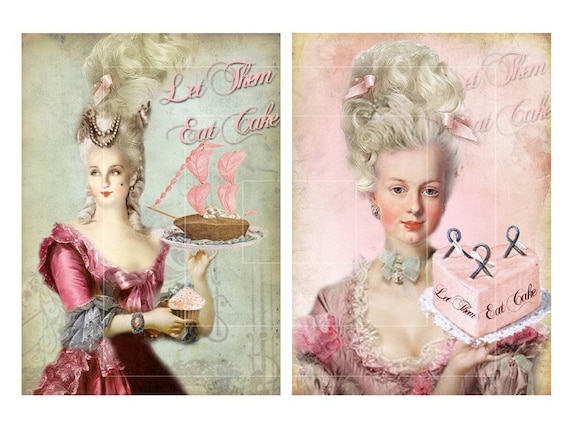You’re sitting in your winery’s “how are we doing” marketing/sales/news-dissemination meeting.
You’ve heard about developments in the vineyard.
There’s been a discussion about the pros and cons of cement eggs in the winery.
You’ve heard about whether the tasting room traffic is up or down.
What you have absolutely heard is how everyone seems to be floundering about what way to go. What’s a trend to capitalize on? How can we intrigue visitors, customers, wholesalers, sommeliers? How can we keep employees engaged and enthusiastic?
Here’s a sneak peek into trends that corporations are paying attention to, as recently reported by Paul Solman of The PBS News Hour.
Solman interviewed DeeDee Gordon of Sterling Brands; she’s a consultant who advises on brand building and new product development based on cultural trends she spots.
What applies most to the wine business? Here are a few of the many interesting trends:
1) “Conspicuous isolation:….People are feeling very overwhelmed by all of the data out there and so they are trying to find ways of being on the grid while being off the grid…”
2) “Hyper-experiences, people’s need to be more immersed in products and in brands.”
3) “Life framing:….taking pictures of your Sunday meal, for example, to post online…how consumers are using photography to frame up these experiences to be able to elevate their status amongst their group of peers on their network.”
4) “Frugeois: ….our commentary on frugal living. Millennials are extremely conscious of what they’re spending, so they want things that are cheap, but that are designed to function, last and look really good. Fast fashion products…”
Why not challenge a room full of your colleagues to brainstorm new programs or approaches which would embody these ideas?
I can’t resist; here are a few ideas to whet your whistle.
Conspicuous isolation: what a cellphone-free zone in your winery or tasting room? A way to emphasize how enormously absorbing wine tasting is…why dilute it with email from the outside world?!
Hyper-experiences: insurance aside, what about letting people learn to drive a forklift? Ride in an ATV to a view spot in the vineyards? Experience batonnage with their own hands, stirring those lees?
Life framing: how are you handling selfie sticks at your winery? What about making it easier? Setting up vignettes where your customers could jump right in to a nicely arranged ‘set’ to take photos?
Frugeois: maybe offer an outlandishly inexpensive tasting out of the blue one day? Just to BE outlandish? You could come up with a creative hook about why the wine is authentic and the ‘price’ doesn’t matter?!
Happy brainstorming! Remember, a great idea could always go viral.



 To that end, the Board of Supervisors and Planning Commission appointed a task force to consider these issues. Called the
To that end, the Board of Supervisors and Planning Commission appointed a task force to consider these issues. Called the